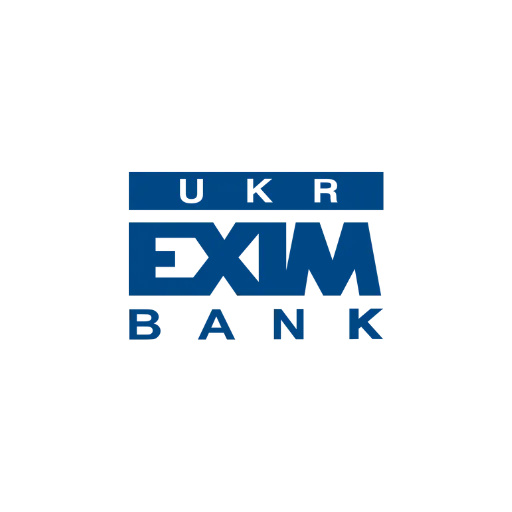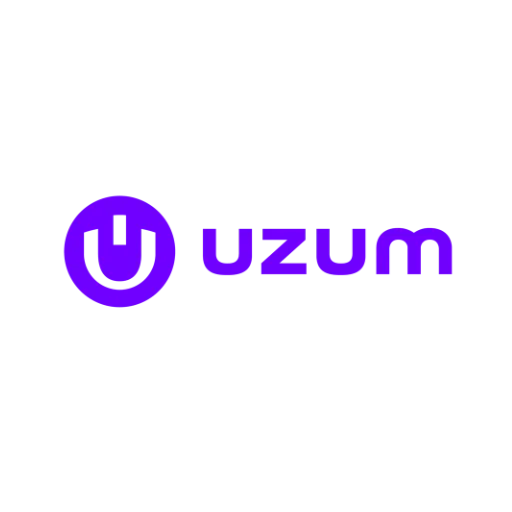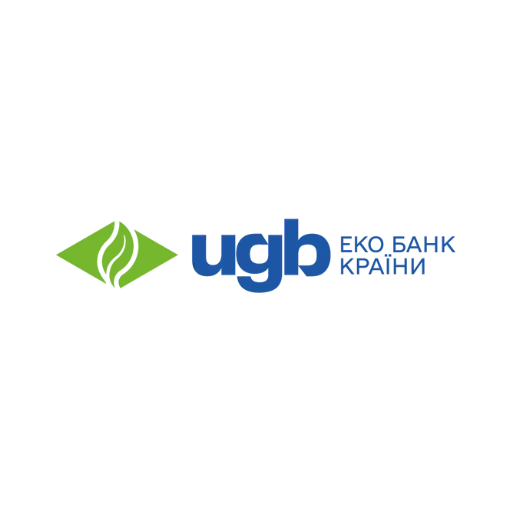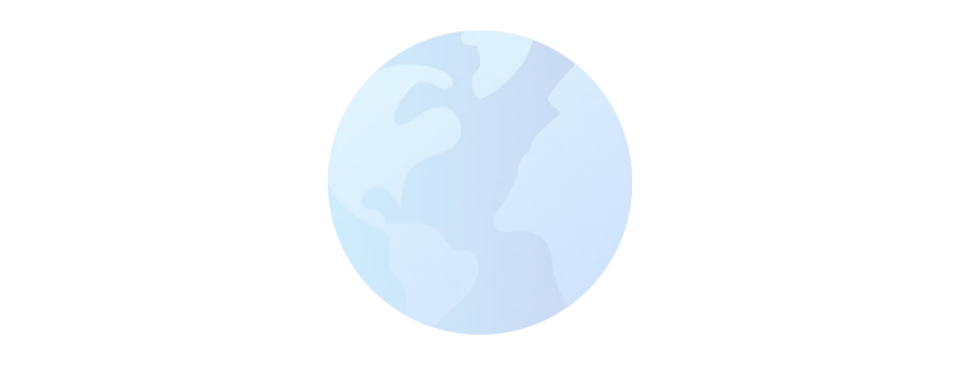











Trusted by












OUR VISION
Our mission is to revolutionize the financial industrythrough the seamless automation of complexprocesses. We empower financial institutions to optimize efficiency,enhance decision-making, and transform theiroperations. With a commitment to innovation and clientsuccess, we deliver cutting-edge automation solutionsthat drive industry-wide advancements and shape thefuture of finance
What we offer
WHY
)


28 Years in the Market


Complete Set of IT Services


24/7 support


Projects Around the World
HOW CAN WE HELP YOU?





